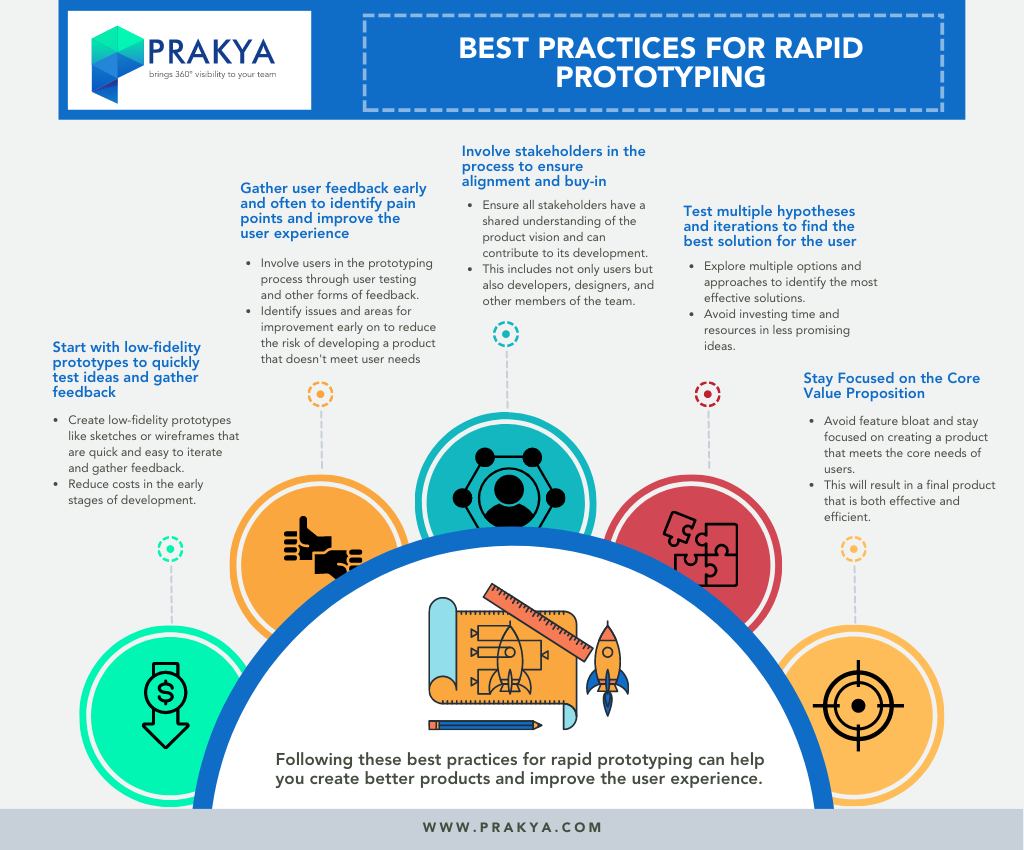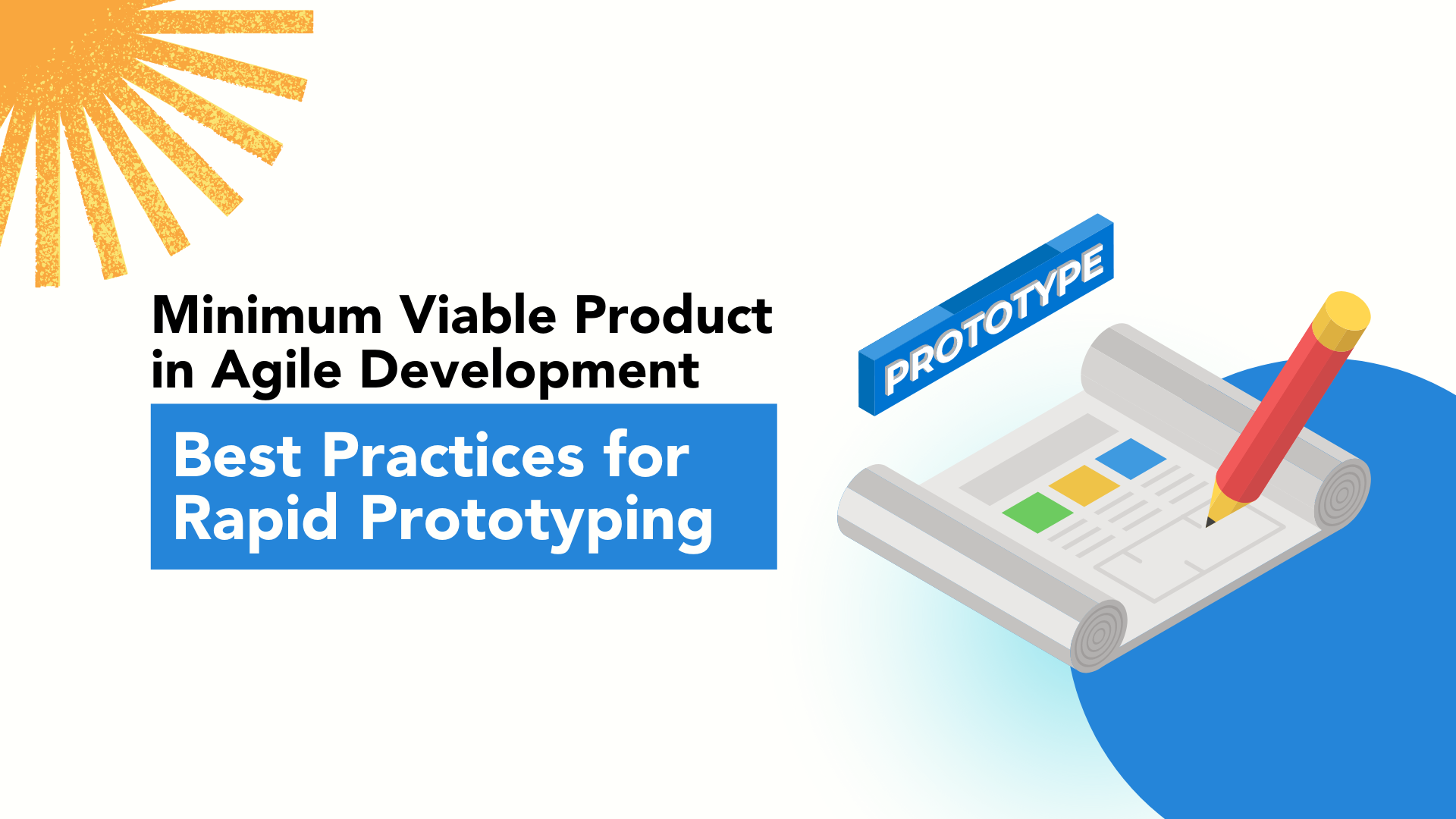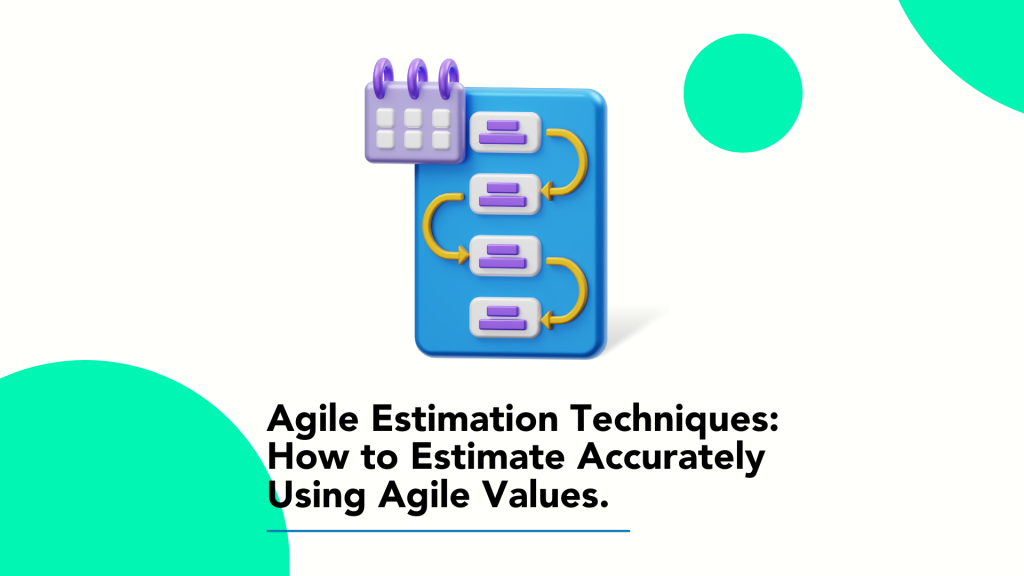As consumers, we all want to know what we are buying before we commit to a purchase. Just as we wouldn’t build a house without an architectural plan, we shouldn’t develop products without proper planning and testing. The cost of not doing so can be high in terms of time, money, and resources. This is why the concept of prototyping has become essential in today’s world of product development.
Prototyping is a process that involves creating a preliminary version of a product before the actual development process begins. This is done to test and validate the product idea, design, and functionality. Prototyping helps in identifying design flaws, technical issues, and usability problems early on in the development process. By detecting and fixing issues early on, the overall development time and cost can be reduced.
When it comes to product development, Prototyping is a necessary phase and factor nowadays especially when the world is more inclined towards combining human centric methodologies such as design thinking and iterative and continuous development methodologies such as Agile.
These methodologies require a lot of testing, feedback, and continuous improvement. Rapid prototyping and MVP development techniques are two approaches that align well with these methodologies.
What is Rapid Prototyping?
Rapid prototyping is a process of quickly creating and testing multiple versions of a product to gather feedback and refine the product. By using rapid prototyping techniques, teams can develop MVPs faster, more efficiently, and with less risk. The use of low-fidelity prototypes and involving all stakeholders in the process are some best practices for rapid prototyping.
How is Rapid Prototyping different from other Prototyping approaches?
Unlike traditional prototyping methods that can take a long time to produce a single prototype, rapid prototyping focuses on speed and efficiency, allowing for the creation of multiple prototypes in a shorter amount of time. This approach also emphasizes the importance of user feedback throughout the process, enabling teams to quickly refine and improve their prototypes based on user needs and feedback. By using rapid prototyping, teams can save time, reduce costs, and ensure that their final product is tailored to the needs of their target users.
Minimum Viable Product (MVP)
MVP or Minimum Viable Product is another approach that helps teams develop products faster and with less risk. MVP involves developing a product with just enough features to satisfy early customers and to validate a product idea with minimal effort and resources. MVP development enables teams to test their assumptions, get feedback from users, and make adjustments to the product before investing more time and resources into development.
Benefits of Rapid Prototyping in MVP Development
Rapid prototyping is an essential element of the MVP development process, as it allows teams to quickly test and validate their assumptions about a product’s user needs, behaviors, and requirements. Here are some of the key benefits of rapid prototyping in MVP development:
Speed and Efficiency
Rapid prototyping allows teams to quickly create and test multiple iterations of a product, enabling them to move faster through the development process. By rapidly creating and testing prototypes, teams can identify and address issues early on, saving time and resources in the long run.
Early Feedback
Rapid prototyping also allows teams to gather early feedback from users, stakeholders, and other key players. By involving users in the prototyping process, teams can gain a better understanding of their needs and preferences, leading to a more user-centered product.
Reduced Risk and Costs
By testing and validating assumptions early on, rapid prototyping can help teams mitigate risk and avoid costly mistakes. This approach can also help teams stay focused on the core value proposition of the product and avoid feature bloat.
Best Practices for Rapid Prototyping
In order to get the most out of rapid prototyping for MVP development, it’s important to follow best practices that prioritize user feedback and involvement, while staying focused on the core value proposition of the product. Here are some key best practices to consider:
Prioritize User Feedback and Involvement
One of the primary benefits of rapid prototyping is the ability to gather feedback early and often in the development process. Teams should prioritize involving users throughout the prototyping process in order to ensure that the final product meets their needs and expectations.
This can be done through user testing and other forms of feedback, such as surveys or focus groups. By involving users in the process, teams can identify issues and areas for improvement early on, reducing the risk of developing a product that doesn’t meet user needs.
Test Multiple Hypotheses and Iterations
Another important best practice is to test multiple hypotheses and iterations to find the best solution for the user. Rapid prototyping allows teams to quickly iterate and test ideas, and they should take advantage of this by exploring multiple options and approaches. By testing multiple hypotheses and iterations, teams can identify the most effective solutions and avoid investing time and resources in less promising ideas.
Use Low-Fidelity Prototypes
Low-fidelity prototypes, such as sketches or wireframes, are a useful tool for rapid prototyping. They are quick and easy to create, allowing teams to iterate quickly and gather feedback early in the development process. Additionally, low-fidelity prototypes are less expensive than high-fidelity prototypes, which can help keep costs down in the early stages of development.
Involve All Stakeholders in the Process
Stakeholder involvement is critical for ensuring that the final product meets the needs and expectations of all stakeholders. This includes not only users, but also developers, designers, and other members of the team. By involving all stakeholders in the process, teams can ensure that everyone has a shared understanding of the product vision and can contribute to its development.
Stay Focused on the Core Value Proposition
Finally, it’s important for teams to stay focused on the core value proposition of the product and avoid feature bloat. MVP development is about creating a product that meets the core needs of users, not a product that has every possible feature. By staying focused on the core value proposition, teams can ensure that the final product is both effective and efficient.

By following these best practices, teams can make the most of rapid prototyping in MVP development. Not only does this approach help reduce risk and keep costs down, but it also leads to a better product that meets the needs and expectations of users.
In conclusion, rapid prototyping and minimum viable product development are crucial elements of product development today. The use of these methodologies not only allows for faster development but also reduces costs and mitigates risks associated with product development. By using these techniques, teams can develop products that are tailored to the needs of their target users and meet the expectations of all stakeholders.





